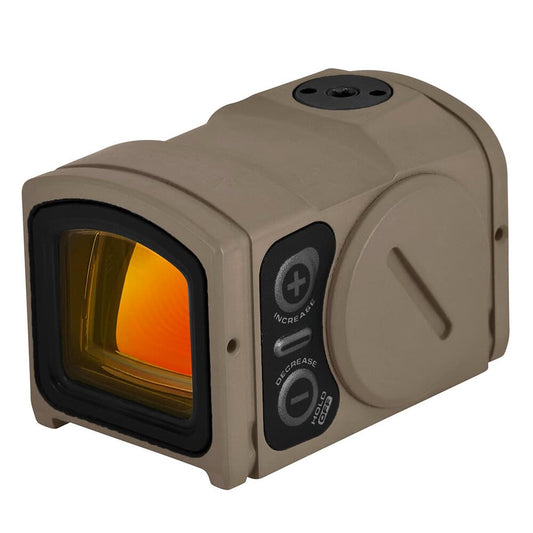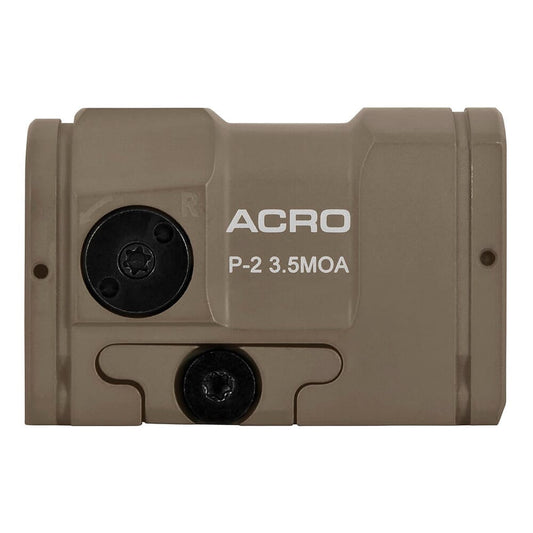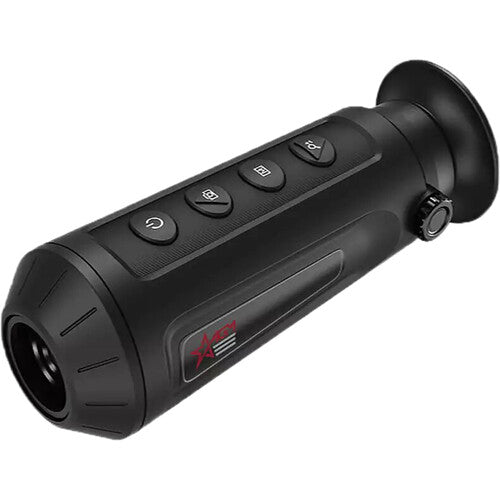
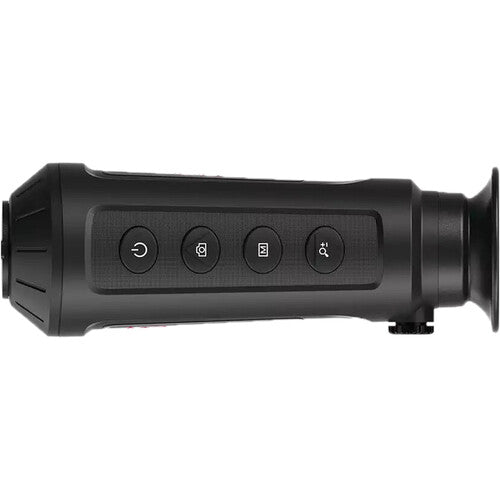
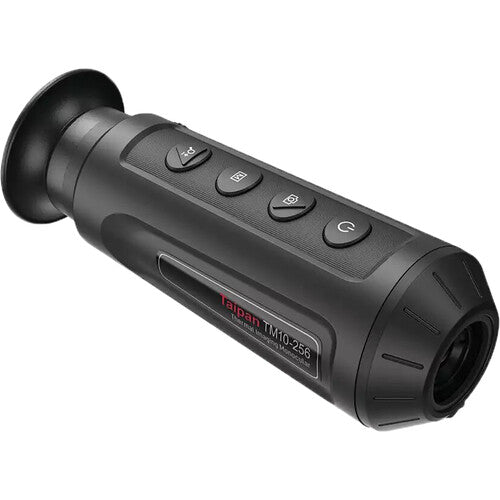
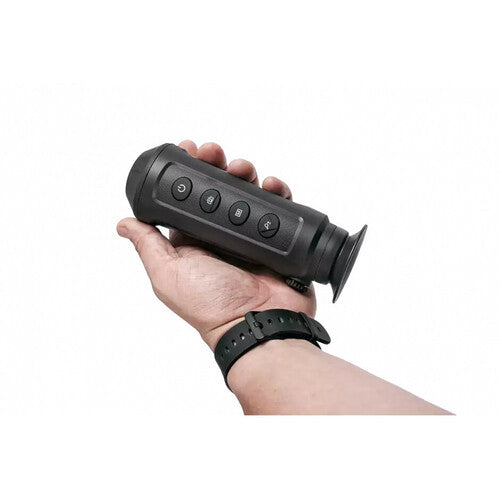
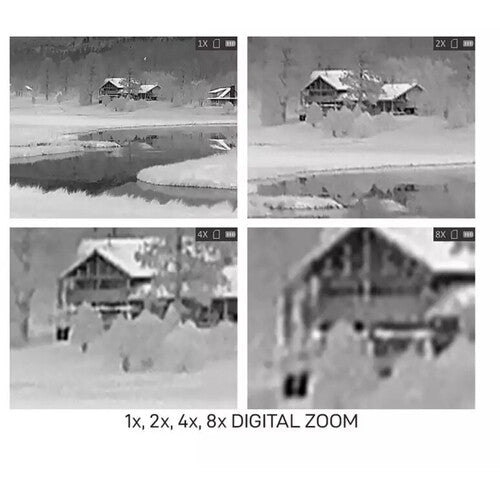
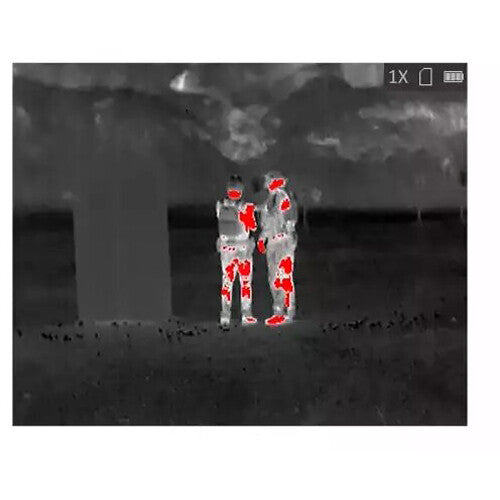

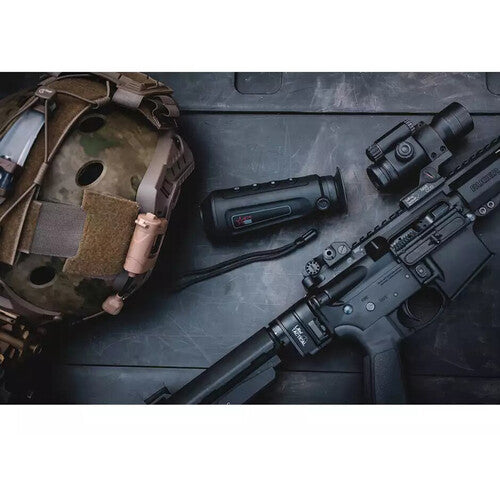
























AGM Taipan TM10-256 Thermal Monocular 12 Micron 256x192
8 sold in last 12 hours
Regular price
$495.00
Estimate delivery times: 3-6 days (United States), 12-26 days (international).
Return within 45 days of purchase. Duties & taxes are non-refundable.
- Sku: 3092851013TA01
- Available: instock
- Vendor: AGM Global Vision
- Type: Thermal Monoculars







